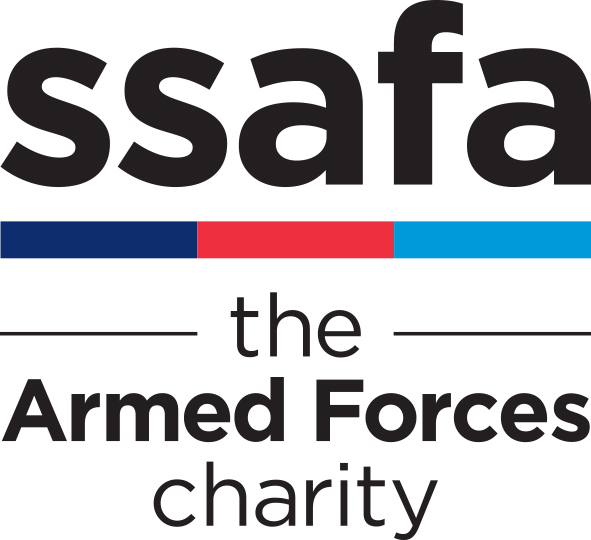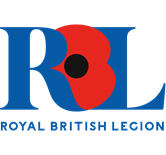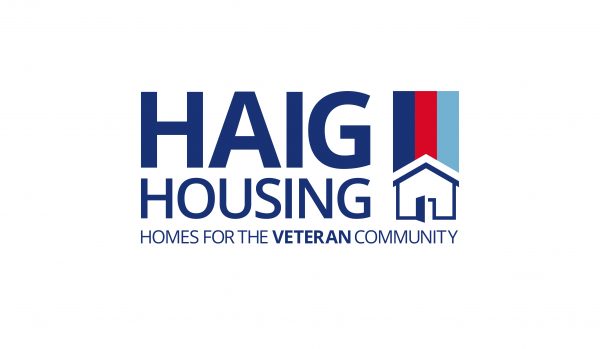Royal Star & Garter, a charity which provides loving, compassionate care to veterans and their partners living with disability or dementia, is celebrating its 105th birthday.
The charity was established on 14 January 1916 to care for the severely injured young men returning from the battlegrounds of the First World War. It followed concern expressed by Queen Mary, who charged the British Red Cross Society with the task of finding a ‘permanent haven’ for severely disabled young men returning from the trenches in Europe.
In previous years, the special day has been marked with music, food and parties. This year, there will be low-key celebrations in the Homes, but it will not be possible to mark the anniversary in the usual way due to Covid restrictions.
For 105 years, it has evolved its loving, compassionate care to meet the needs of each generation’s veterans. Here are some of the memorable dates and individuals in the charity’s history.
1916: Residents first moved into the old Royal Star & Garter Hotel on Richmond Hill, but it soon became apparent that the building was not fit for purpose. Residents were moved out to Enbrook House in Sandgate, Kent, while a new Home was built, before returning in 1924. Nearly a century later, it became clear the iconic Home on the Hill was no longer suited to meet the needs of today’s veterans. The charity invested in three state-of-the-art Homes in Solihull, Surbiton and High Wycombe, and residents left the Richmond Home for the last time in 2013.
1948: In the late 1940s, a paraplegic ward was established by Dr Ludwig Guttmann, founder of Stoke Mandeville Hospital. Dr Guttmann used pioneering techniques to get residents playing sport. Believing that sport was vital to their physical and mental well-being, he introduced archery, which could be played from a wheelchair. In 1948 and 1949, Guttmann held the Stoke Mandeville Games with an archery competition between Stoke Mandeville and the Star & Garter team, which the latter won twice. This was the forerunner to the Paralympic Games. Today, residents are still encouraged to take part in physical activities which promote positive mental and physical health, and the charity’s Homes are all equipped with in-house specialist physiotherapy rooms, which help with mobility issues and overall well-being.
1950: Today, we keep residents busy and active with a range of activities, ranging from arts, gardening, entertainment, games and music. These play a key part in the holistic care provided at Royal Star & Garter. This has always been the case. In 1950 the Nuffield Workshops, funded by a gift from Lord Nuffield, opened at the Richmond Home. It provided training in productive skills, such as clock-making or shoe repair, as part of the residents’ rehabilitation.
1953: Remarkably for a 105-year-old charity, Royal Star & Garter has only had two Patrons in its entire history. The first was Queen Mary, who was succeeded by her granddaughter Her Majesty Queen Elizabeth II in 1953.
1964: Princess Alexandra became the charity’s President – a role she still dutifully fulfils – following the death of Field Marshal the Viscount Alanbrooke of Brookeborough KG, GCB.
1981: The RAF brought a helicopter to the Home, landing it with great precision on the terrace. The charity has always maintained close military links to all of the Armed Forces. Having the opportunity to reminisce about their experiences with members of the Armed Forces has always been important to the residents. This is still the case, with reminiscence and recall especially important for people living with dementia.
2006: The charity celebrated its 90th anniversary in January, with a concert, including music hall numbers, followed by a celebratory tea and a piece of 90th birthday cake.
Guest-of- honour was Her Royal Highness Princess Alexandra, escorted by Royal Star & Garter’s former Chairman of the Body of Governors, Vice Admiral Sir John Dunt KCB. Over 200 guests, residents, staff, supporters and volunteers also attended.
2016: A century after it was founded, residents and staff celebrated the charity’s centenary with tea parties amid balloons and flowers, and to the sound of military bands. It was the start of a year of memorable events, which included a fundraising centenary black-tie dinner at the Imperial War Museum. The charity also produced a centenary book, featuring stories of courage and determination over the previous 100 years.
Chief Executive Andy Cole said:
“This charity was formed during a past national crisis, to care for severely injured soldiers and sailors, and since then we have had the ethos of care with courage at our heart. 105 years later, as we live through another national crisis, we are still able to provide the very best care to our veterans.”

















